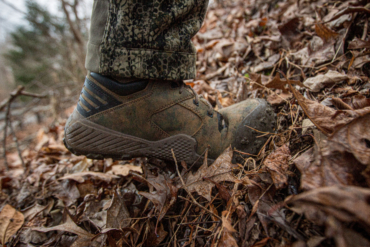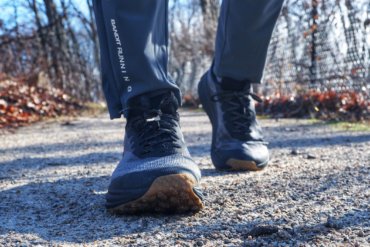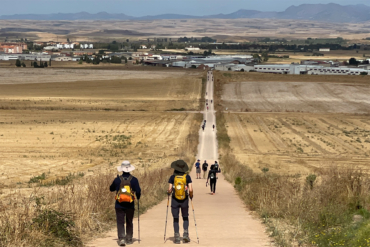The trend of minimal footwear is not lost on hiking boot manufacturers. After years of boots getting lighter and more flexible, a few companies are now going to the extreme.
One brand, Lizard Footwear of Italy, sells its to-be-released Kross Scramble as a “minimalist hiker.” Flexible, low-profile, and lightweight, the boot looks at first glance like something designed for use in water.
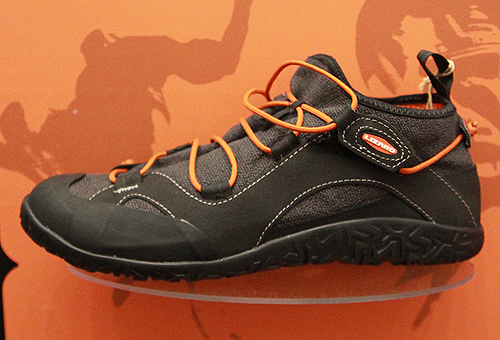
It is one of the more unusual “boots” I’ve ever put my hands on. At a recent trade show where the Kross Scramble was on display, I twisted it in hand and bent the sole back on itself.
The shoe-boot is scheduled for release next year. Like barefoot-style running shoes, the Kross Scramble will allow your foot to flex and move freely inside. The midsole is thin, too, so you’re close to the ground.
Lizard’s flexible upper uses a tough Kevlar-infused fabric, called Schoeller-Keprotec, which adds strength to the minimal design. The footwear cinches on with a stretchy lace and it fits more like a moccasin than a bulky boot.
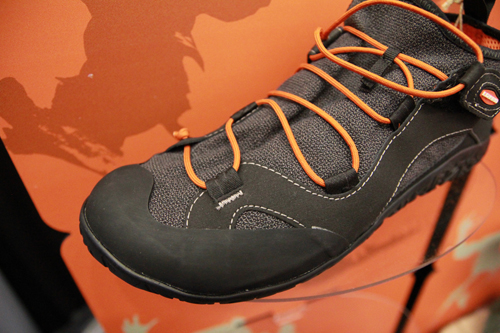
Underfoot is a flexible Vibram sole with a subtle tread pattern. Lizard touts its Kross Scramble as offering “natural barefoot posturing” as you hike. It measures about 9 ounces per foot on a scale — half the weight of the traditional boots found in your closet.
Another example: In its to-be-released “M-Connect” line Merrell believes it has designed a “future boot” where knobby tread and big heels have gone away.
The new designs, which come out next year, include low-top boots that are light, flexible, and built with soles made to encourage “ground feel” as opposed to thick padding and protection underneath.
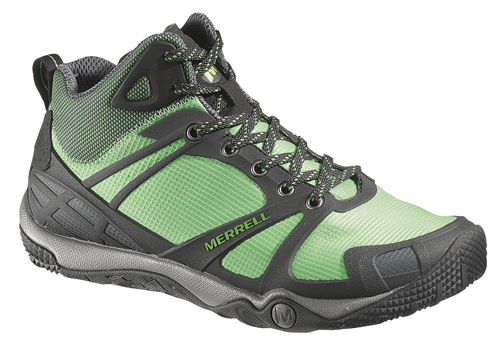
“Traditional hiking boots put you higher off the ground and can be like walking on stilts,” said Craig Throne, a VP at Merrell. “Our new ‘barefoot’-like designs put you close to the ground.”
Throne cites greater surface contact, better fit, and “greater overall stability of the foot and body” with the low-top boots.
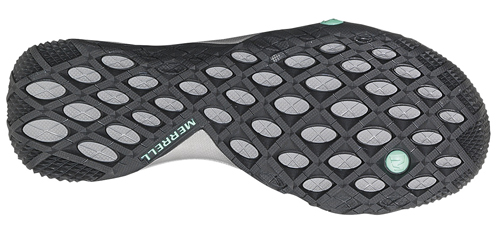
The Merrell footwear is light, too, weighing about 13 ounces a boot, and they have a low-profile tread with no abrupt knobs for better “feel” on the ground. (We report more on the M-Connect line in the post “Barefoot Boots’ new Trend at Merrell.”)
Finally, last year Timberland released a boot touted to have the “waterproof protection of a hiker, but the lightness of a sneaker.” It was called the LiteTrace, and the boot was indeed something new, weighing about 12 ounces a foot in a men’s size 9.
The LiteTrace uses a unique upper that incorporates a tough, single-layer waterproof fabric instead of leather or a reinforced synthetic. The material is flexible and thin but also stout enough to take abuse on a trail.
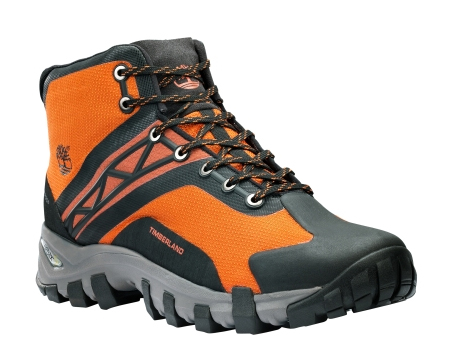
I hiked about 100 collective miles in these boots last fall, including on “The Devils Path,” a tough trail in New York. They fit close and are somewhat flexible, though beyond the lightweight build are not too distinguishable from a traditional hiking boot.
Timberland went through a business change shortly after the release of the LiteTrace, and it appears the boot has been taken out of its active line. But the model is still for sale online on Backcountry.com and other retailers.
If you’re a longtime boot-wearer who may be on the fence about hiking in trail-running shoes, the above products offer a new alternative. Their designs are built for hiking, not running, and therefore may be more comfortable to some.
Personally, I have long hiked in regular trail-running shoes with happy results. Unless there’s snow or the terrain is extremely rugged, boots for me are overkill.
Trail-running shoes do not offer the same protection as a boot, but their light weight and comfort for me has trumped the support and extra safety of a bulkier boot. With the new models above, these companies hope to cut out the “bulk” but still deliver protection and the boot-like fit that many hikers have come to expect as they lace up and head out on the trail.
—Stephen Regenold is founder and editor of www.gearjunkie.com.

